Matterhorn: ”For climbing okay, but not very special”
The Matterhorn was his first four-thousander. Dani Arnold was 18 years old when he first scaled the prestige mountain of his home country from the Höernli Hut on the normal route in 2002. Today the 31-year-old is one of the best climbers in Switzerland. Since then, he has been „maybe eight times on top“ of the Matterhorn, Dani writes to me from Pakistan, where he is currently trying to climb first through the North Face of the seven-thousander Latok I, along with the German Huber brothers and the Austrian Mario Walder. In recent years, Arnold made headlines in particular with his speed records. Since 2011, he is holding the record on the Eiger North Face. He climbed the wall on the route of the first ascent in two hours and 28 minutes. Thus Dani was 20 minutes faster than the previous record holder Ueli Steck. This April, he also broke Steck’s speed record on the Matterhorn North Face. It took Arnold an hour and 46 minutes, spending ten minutes less on the wall than Ueli did in 2009. The Matterhorn, 150 years after the first ascent, from the perspective of a professional climber:
Dani, all over the world the Matterhorn is a symbol for Switzerland. How do you see this mountain? Or in other words, what does it mean to you?
![]() read more
read more
“Recovery of dead is always sad – not only on the Matterhorn”
Even the first ascent of the Matterhorn 150 years ago ended in tragedy. Four team members died during the descent from the summit, when a rope ruptured. Since then, more than 500 climbers died on the “Horu”, as the locals call the Matterhorn – more than on any other mountain in Switzerland. Year after year there are between 2,500 and 3,000 summit attempts, also resulting in a lot of work for mountain rescuers. Helmut called “Helmi” Lerjen comes from a true mountain guide family. In the fourth generation, the Lerjens are guiding clients on mountains like the Matterhorn. Helmi, who is living with his wife and daughter in the small village of Täsch, close to Zermatt, has also been working for the Mountain Rescue Zermatt for almost 15 years. The Matterhorn, 150 years after the first ascent, from the perspective of a mountain rescuer:
Dani, all over the world the Matterhorn is a symbol for Switzerland. How do you see this mountain? Or in other words, what does it mean to you?
![]() read more
read more
“Three times through Zermatt is too little for the Matterhorn”
Probably Richard Lehner would find the summit even blindfolded. The veteran mountain guide from Zermatt has reached the highest point of the Matterhorn at 4,478 meters 650 times. This is not the record but nevertheless he would deserve the title “Mr. Matterhorn”. The 76-year-old has passed on his passion for the mountains to his children. Two of his sons are mountain guides too, one is a ski instructor. Richard Lehner is one of 87 listed active mountain guides of the Alpin Center Zermatt, the local Mountain Guides Association. The Matterhorn, 150 years after the first ascent, from the perspective of a mountain guide:
Richard, all over the world the Matterhorn is a symbol for Switzerland. How do you see this mountain? Or in other words, what does it mean to you?
As a mountain guide, I have been working mainly on the Matterhorn. I have scaled the mountain 650 times. I was on top for the last time five years ago. For me, it has always been a beautiful mountain.
650 climbs – how often did you find yourself in critical situations?
![]() read more
read more
150 years ago: Triumph and tragedy on the Matterhorn
The clock is running. In a week from now, the countdown clock on the station square in Zermatt will jump to zero. On 14 July, exactly 150 years ago, the Matterhorn was first climbed. No other mountain in Switzerland embodies the country more than this shapely four-thousander. And that’s not just because of a famous chocolate brand that is sold around the world, the bars of which modeled like the Matterhorn. Every year, 2,500 to 3,000 climbers try to reach the 4,478-meter-high summit – most of them via the Hörnli Ridge, the normal route that was also taken by the first ascenders headed by the Englishman Edward Whymper. The Hörnli Hut at 3,260 meters, starting point of most aspirants, has been rebuilt and modernized at great expense. In time for the Matterhorn anniversary it was finished. On the day itself, the mountain should be left in peace. Therefore the Matterhorn will be closed for ascents on 14 July – in order to remember all the people who died on the mountain.
![]() read more
read more
Education in tin sheds
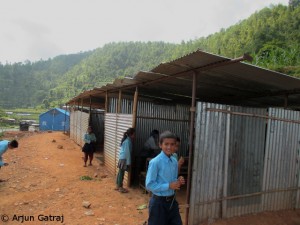 A return to normal is difficult while you have to live in ruins. “The earthquake has destroyed almost all the houses”, Arjun Gatraj wrote to me from Thulosirubari in Sindhupalchowk District. The village is about 40 kilometers as the crow flies from the Nepalese capital Kathmandu, but is only accessible by a gravel road. “The people are struggling to make ends meet. They live from hand to mouth”, Arjun said. According to him, the devastating 25 April earthquake killed about 75 people in Thulosirubari. Seven of the victims were students of the “Gerlinde and Ralf School”, but they didn’t die at school. “When I heard about the earthquake, I had many familiar people of Nepal in my mind: friends, good friends, and of course the many children in the various schools of the German aid organization Nepalhilfe Beilngries, also the students of the school in Thulosirubari”, says Gerlinde Kaltenbrunner. “Then my thought was immediately: Saturday is no school, thank goodness!” With their financial commitment, the extreme climbers Gerlinde Kaltenbrunner and Ralf Dujmovits had made it possible at all to build the school.
A return to normal is difficult while you have to live in ruins. “The earthquake has destroyed almost all the houses”, Arjun Gatraj wrote to me from Thulosirubari in Sindhupalchowk District. The village is about 40 kilometers as the crow flies from the Nepalese capital Kathmandu, but is only accessible by a gravel road. “The people are struggling to make ends meet. They live from hand to mouth”, Arjun said. According to him, the devastating 25 April earthquake killed about 75 people in Thulosirubari. Seven of the victims were students of the “Gerlinde and Ralf School”, but they didn’t die at school. “When I heard about the earthquake, I had many familiar people of Nepal in my mind: friends, good friends, and of course the many children in the various schools of the German aid organization Nepalhilfe Beilngries, also the students of the school in Thulosirubari”, says Gerlinde Kaltenbrunner. “Then my thought was immediately: Saturday is no school, thank goodness!” With their financial commitment, the extreme climbers Gerlinde Kaltenbrunner and Ralf Dujmovits had made it possible at all to build the school.
![]() read more
read more



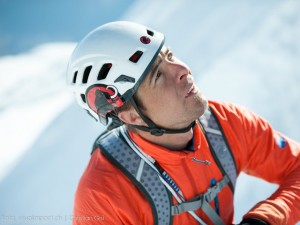

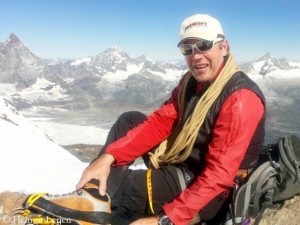
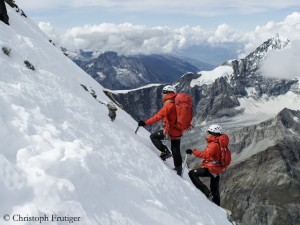
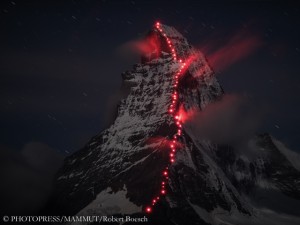

Feedback